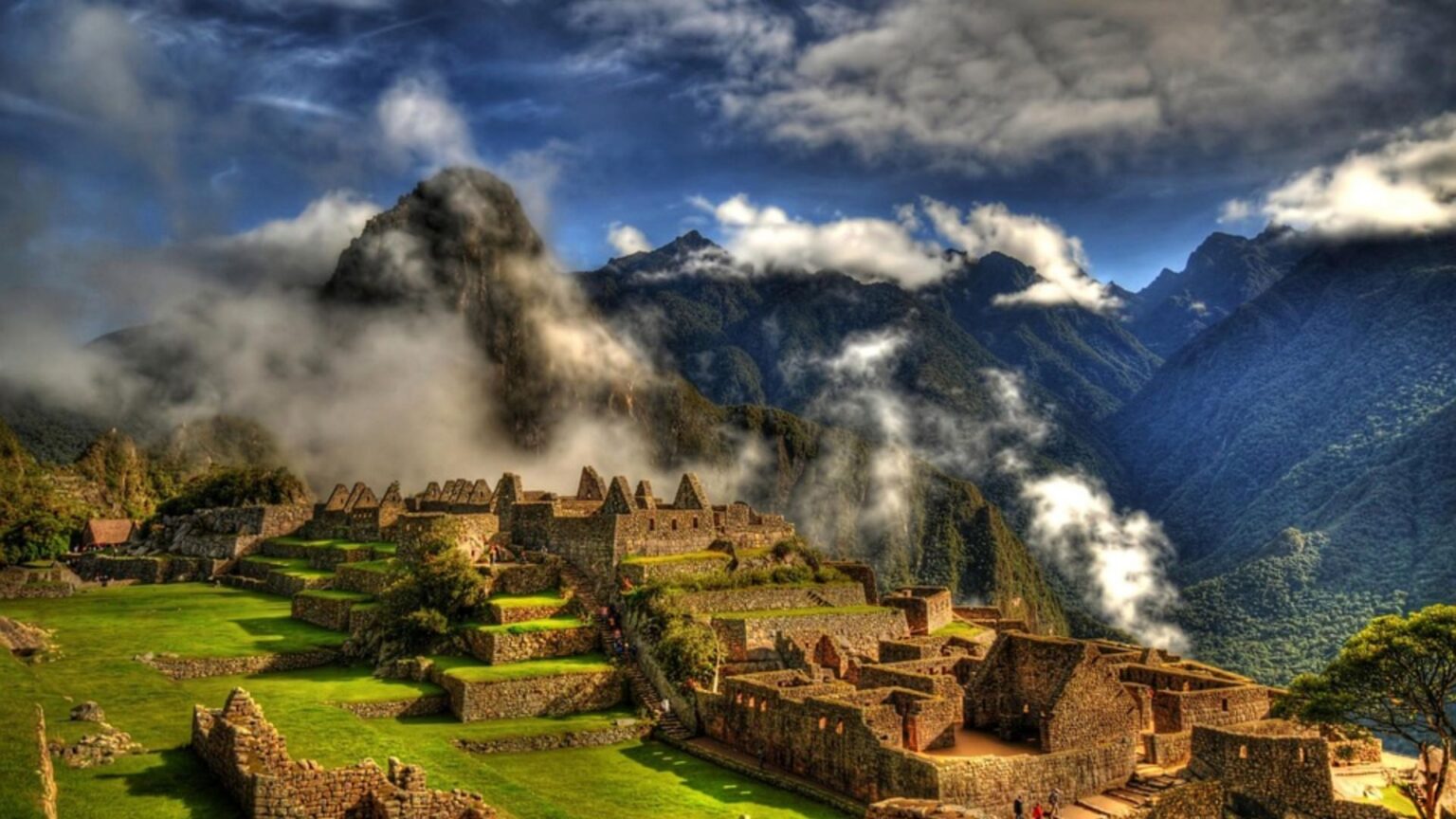You’ve probably seen the term “UNESCO World Heritage Site” pop up in guidebooks or travel blogs, but do you know exactly what it means? And why does it matter to travelers? Whether it’s an ancient ruin, a remote forest, or a centuries-old city center, these sites are more than just photo opportunities, they’re part of our shared history.
What is a UNESCO World Heritage Site?
UNESCO (short for the United Nations Educational, Scientific, and Cultural Organization) designates certain places around the world as World Heritage Sites because they hold outstanding value or historical significance to humanity. These sites fall into two categories: cultural (such as temples, cities, and monuments) and natural (like mountain ranges, coral reefs, and national parks). Some landmarks, like Machu Picchu or the Galápagos Islands, fall into both.
To receive the designation, a site must meet at least one of ten criteria. These range from being a masterpiece of human creative genius to representing major ecological or biological processes. The vetting process is rigorous, and inclusion on the list is a big deal, both for preservation and recognition.
Why should travelers care?
UNESCO sites are more than just pretty landmarks. Visiting these sites gives you the opportunity to step into a place that’s considered globally significant. You’re not just seeing a structure or landscape; you’re engaging with a piece of world heritage that’s being protected for future generations.
These sites also often come with high standards for conservation, tourism practices, and local community involvement. That means you’re more likely to find thoughtful interpretive signage, guided experiences, and ongoing preservation efforts in place.
But it’s not just about prestige.
Being listed as a UNESCO site can help protect a place from overdevelopment or destruction, while also boosting local economies through responsible tourism. However, with popularity comes responsibility. Many sites now face the challenge of overtourism, which is why sustainable travel habits—like traveling in the off-season, respecting guidelines, and supporting local businesses—are more important than ever.
There are over 1,100 UNESCO World Heritage Sites across the globe, from the temples of Angkor to the rock-hewn churches of Ethiopia. Next time you plan a trip, consider visiting one—not just for the beauty or history, but to connect with the bigger story of our world.




